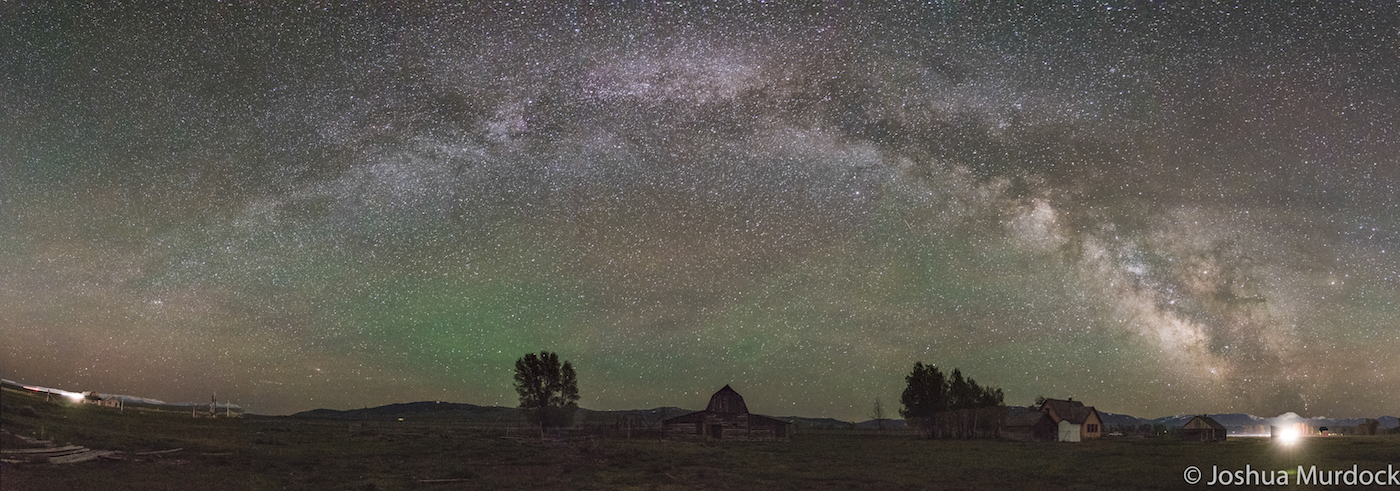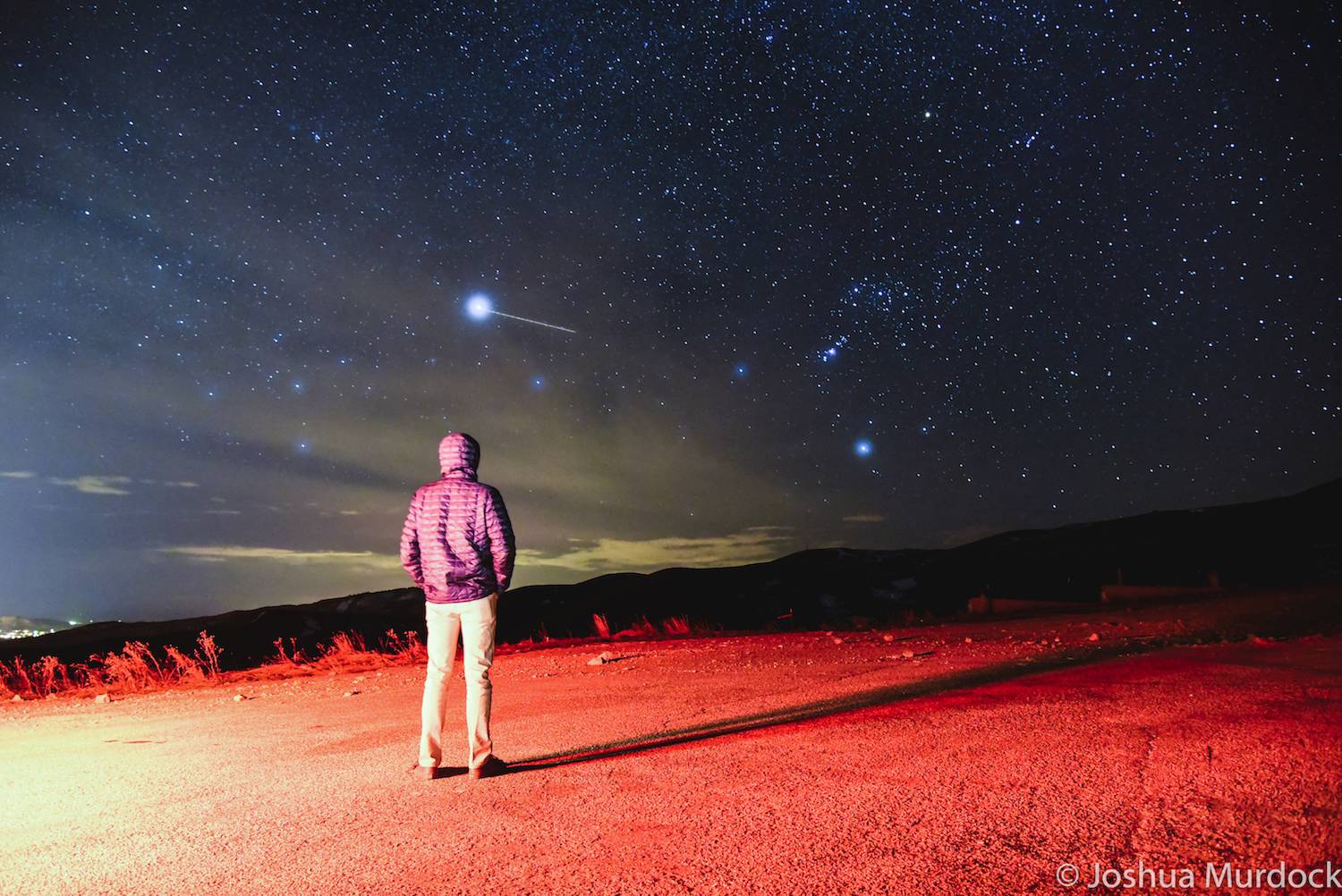On Friday, Josh Murdock will load his 2006 Jeep Wrangler up with a two-person tent from Find Me A Tent, his mountain bike, two backpacks with clothes, laptops, lots of supplies and all his camera gear.
Murdock, a reporter at the Idaho Mountain Express, will miss the newsroom’s pancake breakfast on the day of the total solar eclipse. The path of totality will pass right over the newsroom. He’ll be an hour and a half north in Stanley, camping in the Sawtooth Mountains.
But Murdock isn’t camping out for the weekend for fun. This is how he plans to cover the eclipse. And since tens of thousands of people are expected to gather in Stanley, he’s heading up early to beat the traffic.
Related Training: Best of Photojournalism: What Makes a Winner
Murdock, who joined the twice-weekly publication earlier this year, will report on what’s happening in Stanley, but he’s also there to take photos as the moon passes in front of the sun. In Stanley, the eclipse will last about two-and-a-half minutes.
Murdock got into journalism through photography, and he plans on taking a sequence of shots with varying exposure times. This will enable him to capture the full corona, the halo of plasma surrounding the sun that’s visible during a solar eclipse. In post-production, he’ll layer them to show what our eyes can’t see for themselves.
The eclipse pushed Murdock into studying solar photography, but he’s been photographing the night sky and other things we can’t see for a few years now.
“It’s enough of a challenge, and it’s enough of an art form just to capture scenes that people can see with their own eyes,” he said. “I think it’s even cooler to be able to use the camera to capture things you can’t see.”
Want more on local news? Join the conversation in our weekly newsletter, Local Edition.
The idea to head to the mountains was Murdock’s, but the Mountain Express, which covers the communities of Sun Valley, Ketchum, Hailey, Bellevue and Carey, is covering the eclipse from every angle, he said. And as a town that’s used to tourists, they already know what to expect and what to look for.
Coverage includes more than 2,000 words in the newspaper and staff have produced a glossy magazine devoted to the eclipse.
“I definitely don’t feel like we’ve left the community with any questions about what’s going to happen,” he said.
He’s pretty prepared, too. In addition to the gear he’ll need to make pictures and report, Murdock has a long list of supplies, including a compass, a headlamp, a homemade first-aid kit, a hatchet, a solar charger, a mini-lantern and bear spray. He expects the weekend of camping and getting a good spot will result in some front-page material.
“As long as it’s not cloudy,” he said, “in which case it will be very disappointing.”

Mormon Row panorama at Teton National Park. (Photo by Josh Murdock)

Josh Murdock’s weekend gear. (Photo by Josh Murdock)
Correction: An earlier version of this story said the eclipse special section was 2,000 pages. It’s big, but the paper has actually devoted more than 2,000 words in the newspaper to coverage in addition to the magazine. We apologize for the error, it has been corrected.







